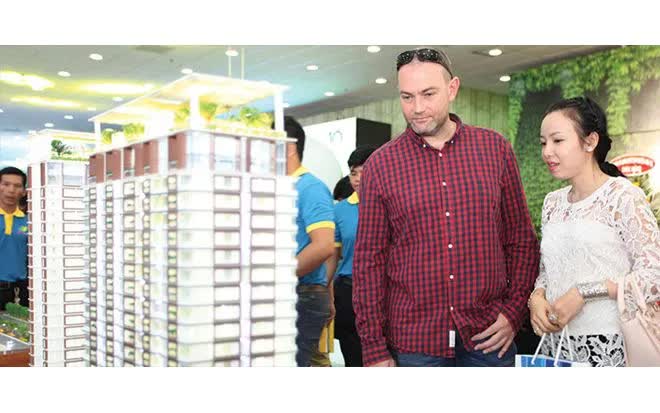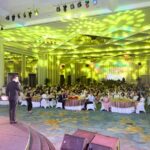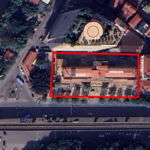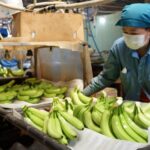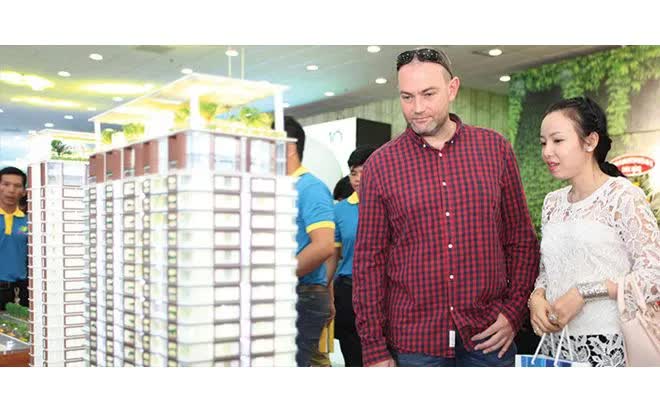
The real estate market benefits from a boost in credit and FDI capital.
Among newly licensed projects, the manufacturing industry takes the lead with 55.9% of the total. Real estate business ranks second. The remaining sectors account for just over 20%. If we consider both new registered capital and additional capital of previously licensed projects, the manufacturing industry remains on top.
According to the Statistics Bureau (Ministry of Finance), in the first seven months, real estate business maintained its second position in attracting foreign investment with $4.95 billion, accounting for 24.7%. This is a positive signal, reflecting the growing interest of foreign investors in the Vietnamese market amid the region’s supply chain shift.
The Ministry of Construction attributes this trend to several favorable factors, including macroeconomic stability, well-controlled exchange rates and inflation, and improved laws related to investment, land, and construction. The development of key infrastructure projects, such as the North-South Expressway, Long Thanh Airport, and belt roads in Hanoi and Ho Chi Minh City, has also played a significant role.
Additionally, the transition to a two-tier administration model in July 2025 will create a more flexible management environment, supporting administrative procedure reform and shortening the time for approving projects with foreign investment. This is an essential condition for maintaining and increasing FDI inflows into the real estate sector in the coming time.
Experts emphasize that to efficiently utilize foreign capital, Vietnam should focus on planning clean land funds and ensuring synchronous infrastructure in areas with development potential, such as satellite provinces of Hanoi and Ho Chi Minh City. Moreover, tax policies and investment laws should continue to be improved towards transparency and stability to build long-term trust with investors.
With the economy’s positive recovery, the unblocking of domestic credit, and the strong growth of FDI, the financial foundation for the real estate market is solid. However, to seize the opportunity, enterprises need to proactively restructure their strategies, control financial risks, and focus on developing projects that meet actual demands, aiming for sustainable growth and contributing to enhancing the quality of urban life.
The Infrastructure Turning Point that Changed Vũ Yên’s Real Estate “Ceiling”
The Royal Bridge is a groundbreaking infrastructure project that transforms the landscape of Haiphong. This iconic bridge connects Vu Yen Island to the historic heart of the city, reshaping the city’s central area and reducing travel time. It also acts as a catalyst for real estate growth, setting a new benchmark for property values across the region.
An Oceanfront Haven: Regal Residence Đồng Hới’s 300 Beachfront Homes Spark a Frenzy Among Nearly 1000 Buyers
In a remarkable feat, the first phase of the Regal Residence Dong Hoi project witnessed an unprecedented response, with all units snapped up within just 30 minutes of the cart opening. The event saw an overwhelming turnout, with registered customers tripling the available supply.


























